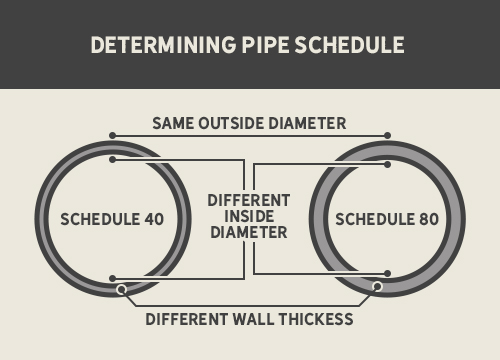

A Tight Bond: Plumbing Cement and Other Solvents
When working with plumbing, making a tight and right bond ensures you don’t have a leak just after you fixed a problem or added on to your plumbing. There are several types of plumbing solvents and glues including plumbing cement and primers for different pipes, plumber’s putty, and more. Read on to make sure you know which cement or solvent is right for your project.
Pipe Glue and Primer
One of the most common ways to cement pipe together is with a primer and glue. It’s important to use pipe cement and primer specifically designed for plumbing applications. The primer softens the pipe (whether you are using PVC or another type) to make it ready for the cement. The cement creates a chemical reaction with the primed area that bonds the two pipes together instead of just sticking them together. The result is a fused pipe that has a strong, watertight connection.
Primer is typically a bright color like purple or even red. This is in case you are working on a project that needs to be inspected. The inspector will be able to easily see that primer was used instead of a pipe cleaner. The primer should show about a quarter of an inch or a little more out from the pipe connection to make it easily visible for an inspector. You can mark your area with painter’s tape as a marker and clean lines after you remove the tape.
How to Pick the Correct Primer and Cement
The most important step in picking the correct primer and glue for the job is to determine what type of pipe you are working with whether it’s PVC, CPVC, or ABS. Different cements have different bonding methods depending on the material and their color helps a contractor or inspector determine if the proper one was used. While regular PVC cement is clear, here are the other colors corresponding to the pipe material:
- ABS cement is usually black in color instead of the typical clear
- Some CPVC options are orange
- Fast setting options are blue
- When joining two different types of pipes like ABS to PVC, the cement needs to be a transition cement that is typically green
Next, determine the schedule or pipe thickness (the more pressure the pipe deals with the greater the thickness). The thicker the pipe, the thicker the consistency of the cement: regular, medium, heavy, extra heavy. The application brush that comes with the cement will also increase in size, too.


Temperature ratings of the pipe, how wet the conditions are, or DWV applications could also impact the type of glue you select, so read the instructions on your glue to make sure it’s applicable to your pipe and fits the building codes.
If you are in a time crunch—for example, you really need to get your plumbing back up before company comes— cure times will play an important role. Some primers and cement have a longer cure or set time before you can start using the pipes again. Check the labels for the cure time that best fits your application.
5 Application Best Practices
Working with plumbing solvents requires caution as they are made of strong chemicals. There are several safety and application tips to keep in mind:
- Work fast as primer and cement sets quickly. After you apply the primer, you have around 10 seconds to get the cement on and then connect the pipe.
- Clean up spills quickly with a dry cloth and flush area with water.
- Store in a dry, cool place and seal tightly.
- Always use primer and cement in a well-ventilated area and store in a ventilated area.
- Hold the pipe and fitting for 20 seconds after applying the cement for a tight bond and always follow the cure time on the label for the best results.
Other Solvents and Sealers
There are other solvents and sealers that are useful in plumbing projects:
- Plumber's putty creates a water-tight seal. While not a squeezable adhesive like caulk, plumber’s putty is shaped before application much like modeling clay and placed in between parts such as a drain.
- Pipe cleaner is useful if you are fixing a leaky pipe that is in a grimy area as it quickly removes dirt and grease. Not a substitute for primer, pipe cleaners remove any dirt that can hinder a bond with the primer and cement. There are options that include both a primer and a condition/cleaner. Check your building code to see if these are allowed.
- Thread sealants are either a paste or tape that is applied to the threads of the ends of a pipe or fixture like a shower head. It creates a tight seal, lubricates the threads for easy assembly, protects against corrosion, and helps smooth out imperfections on the thread.
Ready to get started with your next plumbing project or need something is a jiffy for an emergency fix? Stop by in-store or shop online today!
